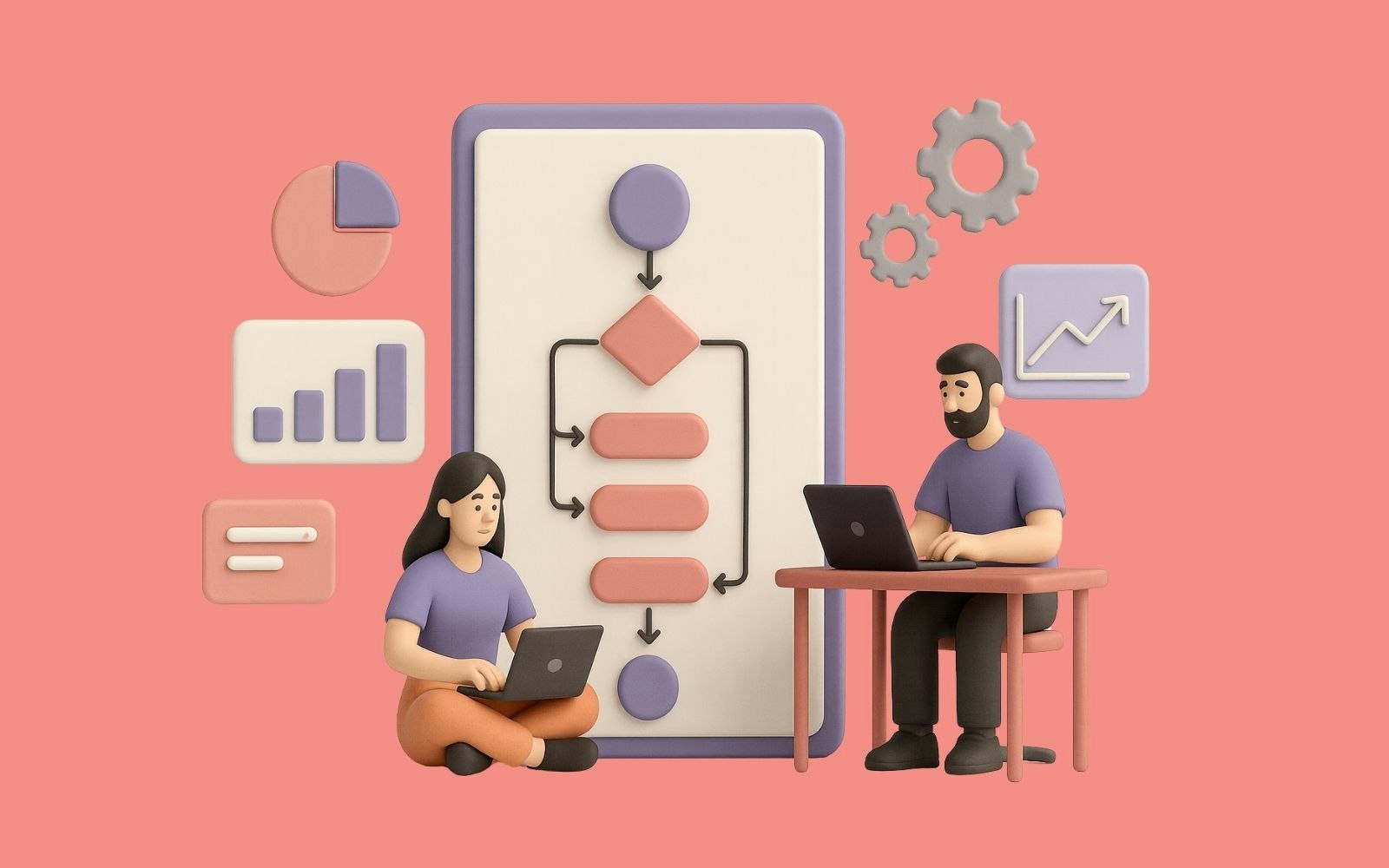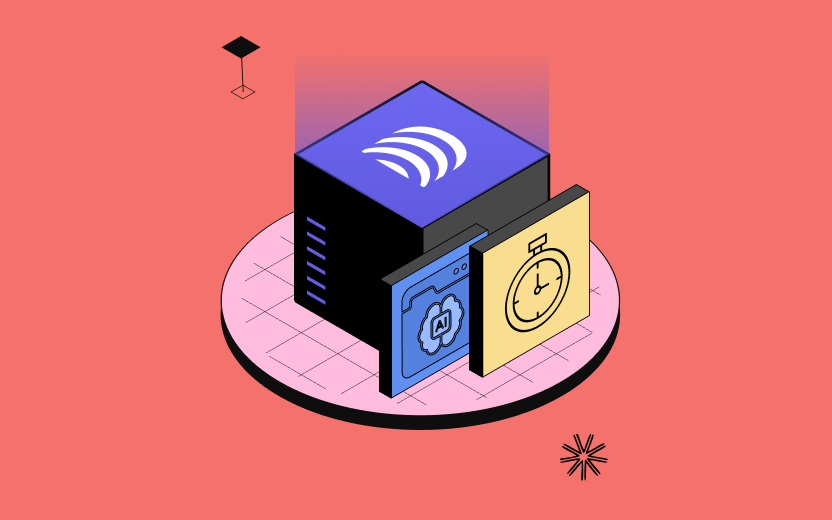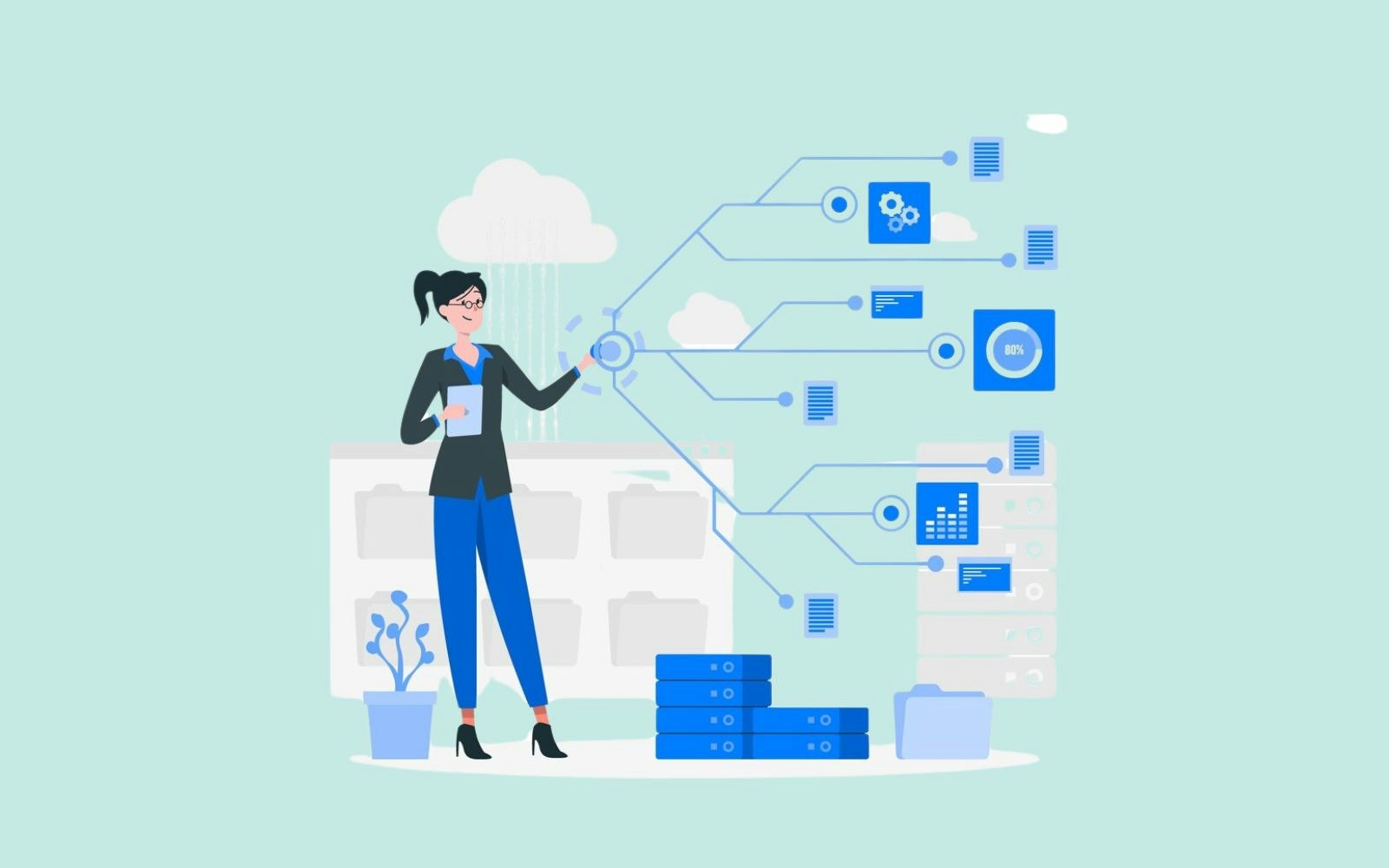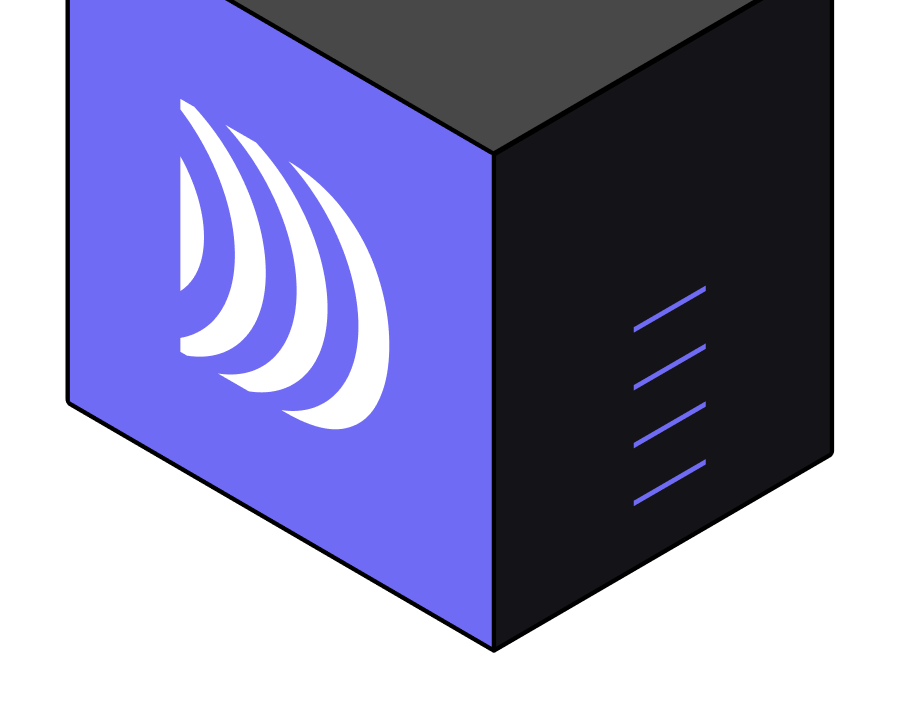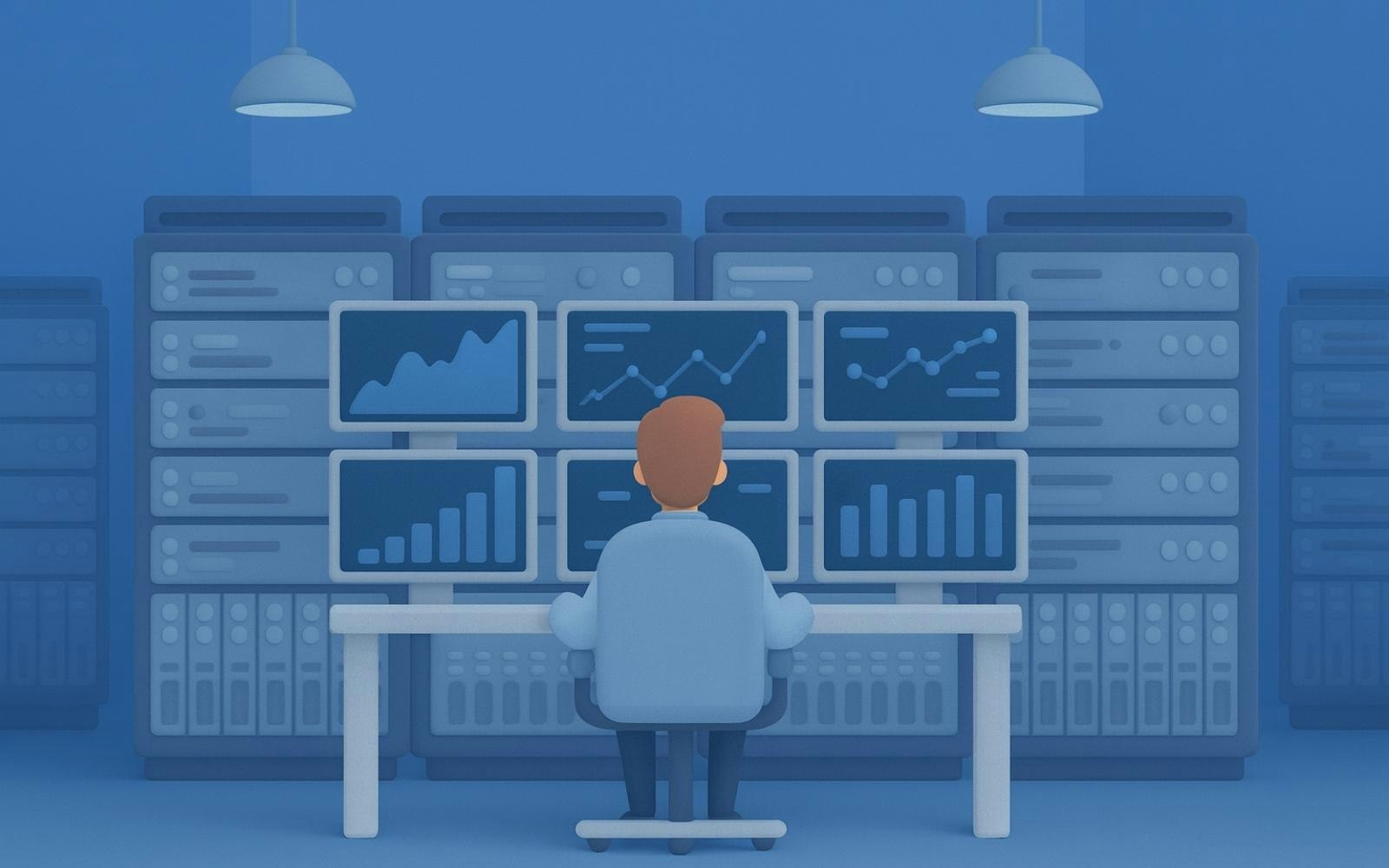
Data clean rooms: A solution for post-cookie marketing
8min • Last updated on Oct 21, 2025

Olivier Renard
Content & SEO Manager
[👉 Summarise this article using ChatGPT, Google AI or Perplexity.]
It’s a statistic that makes marketers shudder: with the gradual disappearance of third-party cookies, over 60% of initial data escapes measurement tools. A staggering figure, driven by a combination of regulation, adblockers, and browser restrictions.
This lack of visibility weakens marketing strategies and distorts ROI evaluations. Businesses must now explore reliable alternatives to preserve the accuracy of their analyses and support decision-making.
Key takeaways:
A data clean room (DCR) is a secure environment that allows multiple stakeholders to match their data without compromising confidentiality.
They are used to measure campaign effectiveness, refine attribution, and build accurate segments using shared data.
Different models exist: walled gardens from tech giants, or independent solutions based on platforms like Snowflake or LiveRamp.
Within a Modern Data Stack, DCRs complement a composable CDP by enabling data activation and turning insights into action.
🔎 What is a data clean room, what is its role, and how does it work? How can it allow organisations to cross-reference and leverage data securely?
What is a data clean room?
A data clean room is a secure environment where multiple partners can cross-reference their data without ever exposing it directly.
Just like a physical cleanroom is protected from contaminants, data in a DCR is encrypted and anonymised to preserve user privacy. This allows advertisers, media platforms, or retailers to gain reliable insights without accessing raw data from other parties.
The concept emerged alongside the rising demands for privacy and the decline of third-party cookies. Tech giants led the way: Google launched Ads Data Hub in 2017, quickly followed by Facebook Advanced Analytics and Amazon Marketing Cloud (2019). Since then, independent players have built their own alternatives.
Where a data warehouse stores and organises internal data for a single organisation, a clean room enables secure data collaboration across partners. They are complementary: the data warehouse centralises first-party data, while the DCR enriches it with external data, securely.
💡 A data clean room enables marketing teams to continue leveraging data while remaining compliant with privacy regulations. Although similar in name, it differs from a Virtual Data Room (VDR), which is used for storing and sharing confidential documents.
Why are companies using DCRs?
DCRs have emerged in a context of major transformation in digital marketing. Despite Google Chrome’s delayed timeline, the demise of third-party cookies marks a real paradigm shift.
It disrupts tracking methods and removes traditional benchmarks for measuring performance. At the same time, regulations like GDPR or CCPA have raised the bar for transparency and personal data protection.
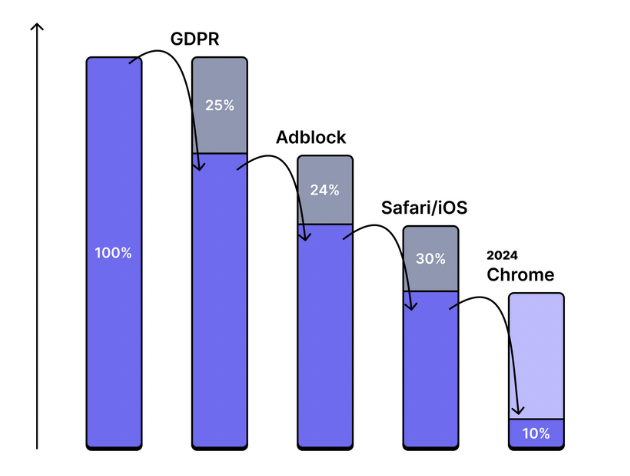
Less and less information are available for marketing purposes
Faced with these constraints, brands need new tools to evaluate campaign performance, connect online and offline channels, and understand the customer journey. A data clean room offers a solution to cross-reference data between partners while ensuring that no raw information is exposed.
How does a data clean room work?
Basic principles
Data clean rooms reassure organisations because the data is encrypted and processed in a secure environment. No raw information, such as PII (Personally Identifiable Information), is shared between parties.
Insights are delivered as aggregated results, which protects privacy while still providing useful marketing analysis.
Two main models
There are two major types of DCRs:
Walled Gardens, such as Google Ads Data Hub, Meta Advanced Analytics, or Amazon Marketing Cloud. These allow advertisers to match their hashed first-party data with that of major advertising platforms.
They provide valuable insights to measure and optimise campaigns within these ecosystems. However, interoperability is limited, and transparency is low.
Independent DCRs, such as Snowflake, LiveRamp, or Databricks, offer a more neutral approach. They match anonymised identifiers from data warehouses under strict access rules and privacy protocols.
These solutions enable cross-partner collaboration and data blending from multiple sources. While more technical to implement, they fit naturally within the Modern Data Stack tools and require strong data governance.
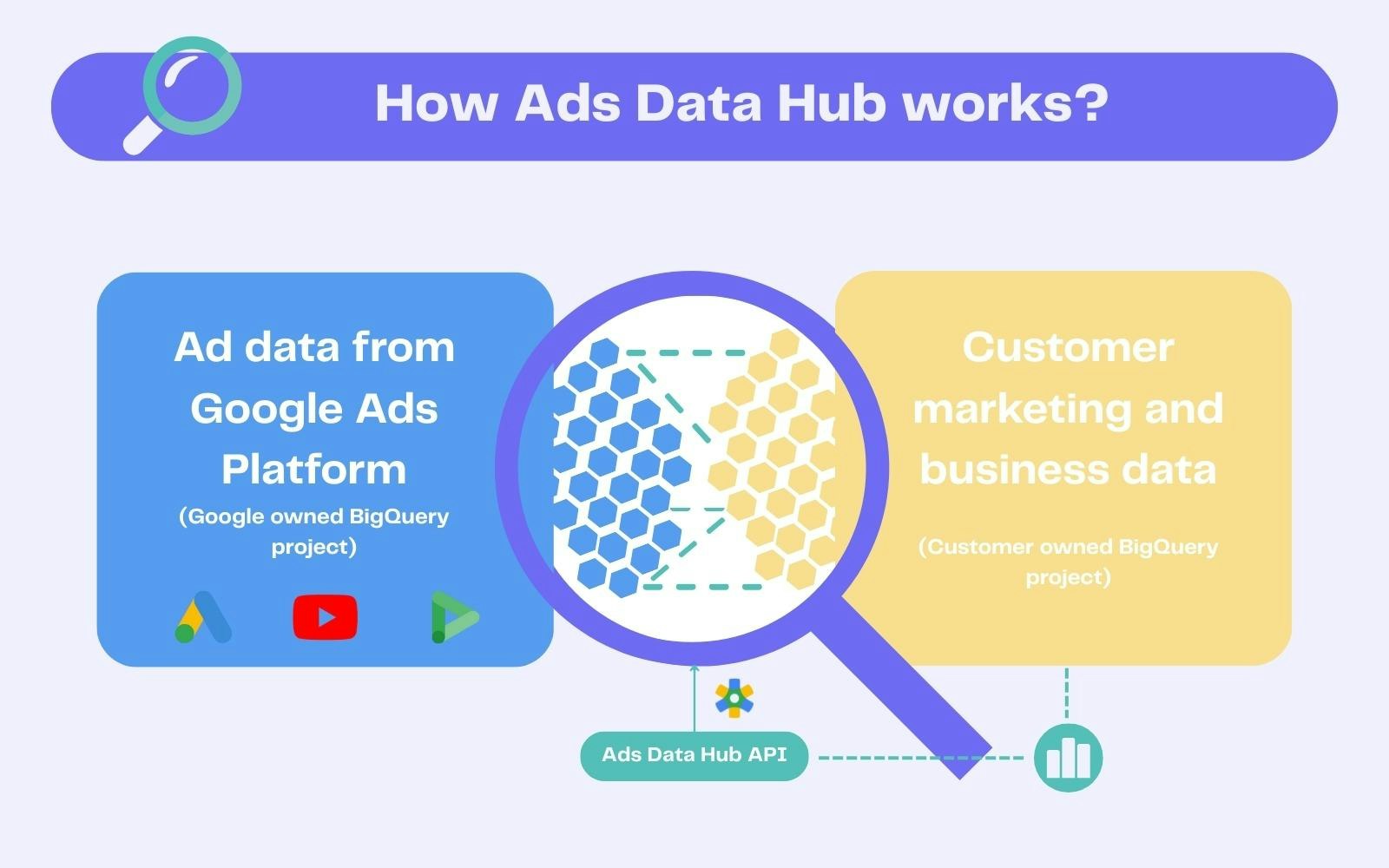
How Google Ads Data Hub works
The role of cloud technologies
Cloud infrastructure is a key enabler. Platforms like BigQuery, Snowflake, or Databricks provide the computing power and security needed to process large volumes of sensitive data.
They enable fast analysis while complying with privacy standards. Their scalability supports the data needs of advertisers investing heavily in media.
💡 To promote interoperability, the IAB Tech Lab released the OPJA (Open Private Join and Activation) standard in 2023.
It defines common rules for DCRs while preserving data confidentiality.
Use cases, benefits, and limitations
Advertisers and data clean rooms: Where are we now?
In 2020, Gartner predicted that 80% of advertisers with over $1 billion in media spend would use a DCR within three years. In reality, adoption stands at around 66%, according to Kenshoo Skai.
The market is expanding fast: projected to reach $2 billion by 2025, with average annual growth of 25% until 2033. North America and Europe account for nearly three-quarters of all users.
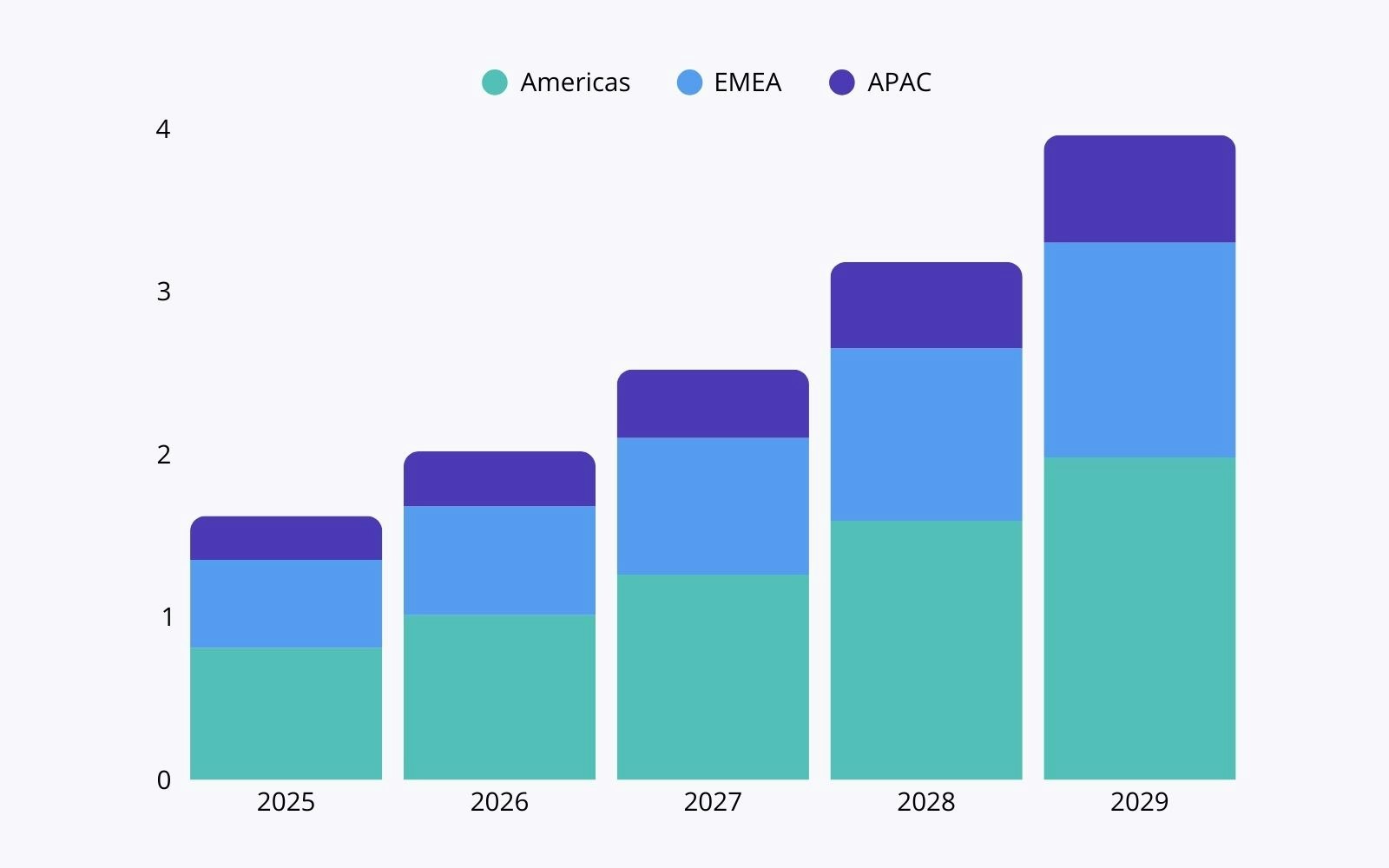
Growth of the data clean room market
Leading brands in retail, finance, telecom, and automotive have already implemented DCRs. Vodafone and Samsung use Decentriq technology, while Hershey’s chose LiveRamp.
Barriers to adoption for some companies include:
Perceived technical complexity among teams
Persistent concerns regarding governance and security
Lack of common standards
Difficulty finding partners and gaining permissions
Still, the market is maturing, and DCRs are becoming a credible post-cookie solution.
Marketing use cases
Data clean rooms are primarily used to enhance marketing performance. Among the main use cases are:
Measuring campaign effectiveness
A supplier might check whether online ads lead to in-store sales by matching their data with a retailer's.
Improving segmentation and targeting
With enriched data, advertisers can create more accurate segments, optimising investments securely.
Enabling new data partnerships
Retailers and CPG brands can collaborate without exposing customer files. For example, Carrefour used DCRs with suppliers to boost in-store sales from campaigns.
Enhancing marketing attribution
A data clean room connects online and offline data where third-party cookies fall short. Using Ads Data Hub, brands can track in-store sales driven by online campaigns.
Benefits and limitations of DCRs
Advantages | Limitations |
|---|---|
Data is secure, anonymised, and GDPR-compliant | Technical complexity and demanding governance |
Enables better marketing measurement, including offline | High costs – best suited to large enterprises |
A strong alternative to third-party cookies | Reliance on cloud giants, lack of standards |
Facilitates collaboration between advertisers, platforms, and retailers | Mostly analytical – needs activation tools to be fully effective |
The role of a composable CDP alongside data clean rooms
Data clean rooms are primarily built for analytics and optimisation. They enable secure data collaboration, measure campaign impact, and create new ways of working with partners. They provide valuable insights that can be used to activate data across marketing channels.
On the other hand, a Customer Data Platform (CDP) unifies customer data, enriches it, and builds dynamic segments. It facilitates the deployment of multichannel campaigns (advertising platforms, email, SMS) to deliver a personalised experience.
👉 DCRs and CDPs are highly complementary. The former ensures privacy and accuracy in analysis, while the latter turns insights into concrete marketing actions.
At DinMo, we go a step further with our composable CDP. There's no unnecessary duplication: data stays in the warehouse (Snowflake, BigQuery, etc.) thanks to our zero-copy architecture. We tap directly into the clean room, offering DCR capabilities without tech overload.
This approach remains neutral and flexible. DinMo can, for example, transmit hashed emails to a third-party provider to enrich profiles. The enriched data is immediately available and ready to be activated via our Reverse ETL.
With DinMo Intelligence, teams can access predictive models (churn, LTV, Next Best Action) to turn insights into operational decisions. A retailer could, for instance, measure campaign impact in a DCR, then activate the most effective segments via email or paid social – in just a few clicks.
Challenges and best practices
Implementing a data clean room is not just a technological matter. Businesses must ensure proper data governance, with clearly defined and enforced access rules.
Costs can be high, especially for smaller organisations that haven’t yet established a solid data infrastructure. Added to this are the technical complexities and the need to convince internal teams to adopt new processes.
Some best practices can help maximise the success of your DCR project:
Start small: Choose a simple initial use case, such as campaign measurement, before expanding further.
Involve the right partners: Collaborate with distributors, suppliers, or key platforms to give the project strategic value.
Ensure transparency: Highlight regulatory compliance and build trust with internal teams and partners.
Think integration: A DCR is not a standalone tool. It delivers full value as part of a Modern Data Stack, connected to a data warehouse and a CDP for activation.
Conclusion
Data clean rooms have quickly become a flagship technology in the cookieless era. They offer a secure environment to measure, analyse, and collaborate, all while preserving data privacy.
Combined with a Customer Data Platform, they provide the perfect pairing to activate first-party data and drive performance. The DCR brings clarity; the CDP delivers scale and personalisation through AI. Together, they turn data into a powerful growth engine.
👉 Find out how DinMo helps you orchestrate data-driven strategies in a cookieless world.
FAQ
How does a data clean room use first-party data?
How does a data clean room use first-party data?
A DCR allows first-party data to be analysed alongside partner data without exposing raw files. The results are aggregated and anonymised, offering reliable performance measurement while staying compliant.
Who are the main players in the data clean room landscape?
Who are the main players in the data clean room landscape?
There are two main categories:
- Walled gardens such as Google, Meta or Amazon, which offer their own closed environments,
- and independent solutions like Snowflake, LiveRamp or Databricks, which are more open and interoperable.
Each approach serves different needs.
Are data clean rooms used exclusively for marketing?
Are data clean rooms used exclusively for marketing?
No. While marketing remains the primary use case, DCRs are expanding into other areas such as market research, data partnerships, healthcare research or industry-specific analysis. Their main advantage lies in enabling secure collaboration on sensitive data.
What’s the difference between a data clean room and a data warehouse?
What’s the difference between a data clean room and a data warehouse?
A data warehouse centralises and stores a company’s data for internal use. A data clean room, on the other hand, creates a secure environment to compare and analyse that data alongside data from external partners — under strict confidentiality and governance rules.
Are DCRs only for large enterprises?
Are DCRs only for large enterprises?
Historically adopted by major advertisers with large media budgets, DCRs are becoming more accessible. The rise of cloud-based solutions and modular approaches now makes them viable for smaller companies — provided they manage a meaningful volume of first-party data.

















